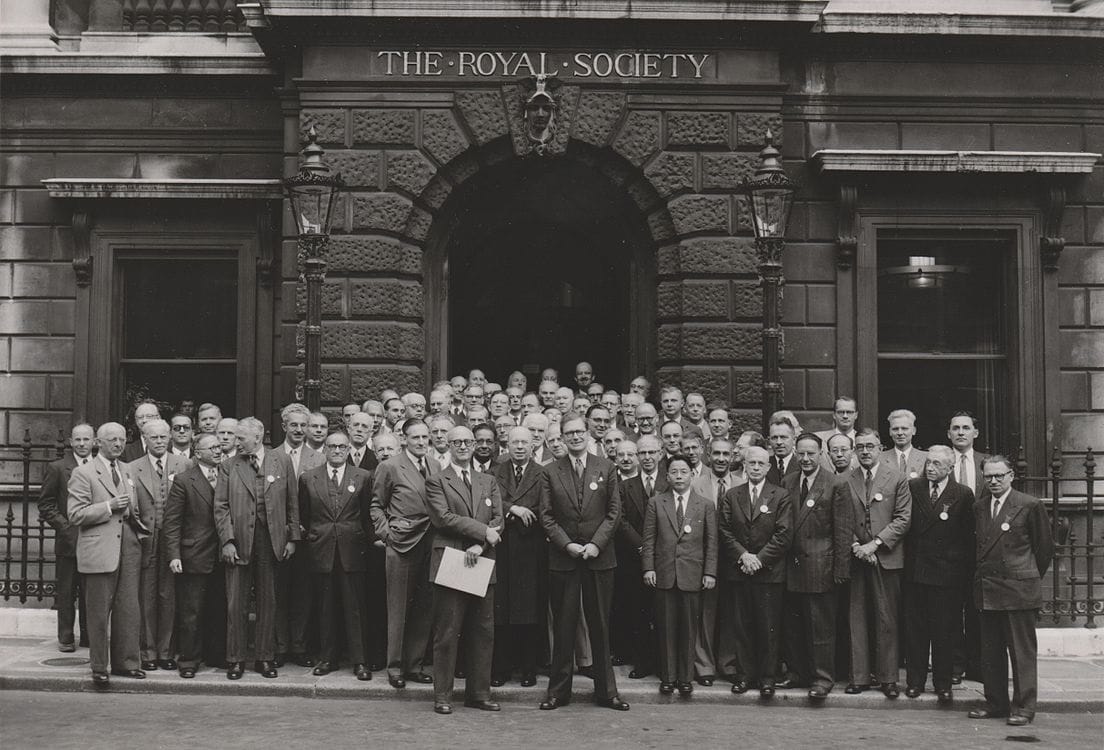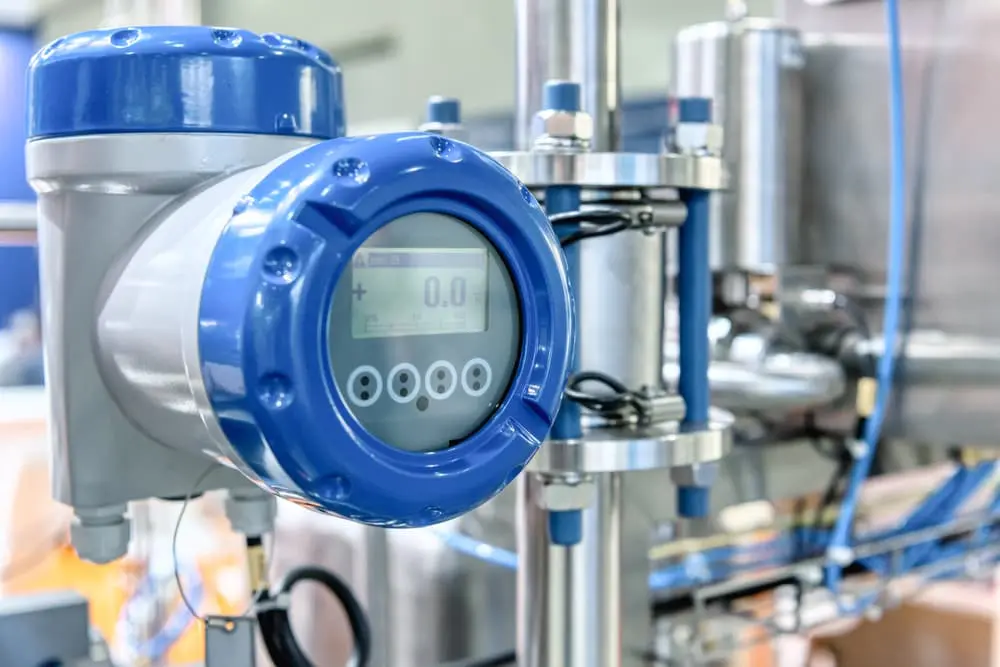
A DC contactor is an essential component in electrical systems, especially where the control of high-voltage and high-current circuits is necessary. Primarily used in direct current (DC) applications, DC contactors play a critical role in various industries, from automotive and renewable energy systems to industrial machinery and telecommunications.
Definition of a DC Contactor
A DC contactor is an electrically controlled switch used to manage the flow of electricity in a DC circuit. It functions similarly to a relay but is designed to handle much higher power loads. DC contactors can make or break a circuit, ensuring that large amounts of electrical energy are transmitted safely and efficiently. Unlike AC contactors, which operate on alternating current (AC), DC contactors are specifically engineered for direct current environments.
Components of a DC Contactor
A typical DC contactor consists of the following main components:
- Coil: The coil is the heart of the contactor. When energized by a control signal, it generates a magnetic field that moves the armature.
- Armature: This is a movable part that acts as a bridge between the fixed contacts. When the coil is energized, the magnetic field pulls the armature, closing the circuit.
- Contacts: These are the conductive parts that close or open the circuit. There are typically two sets of contacts: the normally open (NO) and normally closed (NC) contacts.
- Spring: A spring is used to return the armature to its original position when the coil is de-energized, breaking the circuit.
- Enclosure: The entire assembly is housed in an enclosure that protects the internal components from dust, moisture, and other environmental factors.
Working Principle of a DC Contactor
The working principle of a DC contactor is based on electromagnetism. Here’s a step-by-step explanation of how it operates:
- Control Signal: The operation begins with a control signal, usually a low voltage or current input that energizes the coil of the contactor.
- Magnetic Field Generation: When the coil is energized, it creates a magnetic field. This magnetic field pulls the armature towards the coil.
- Contact Closure: As the armature moves, it bridges the gap between the fixed contacts, thereby closing the circuit. This allows current to flow through the main contacts, powering the connected load.
- Circuit Activation: With the circuit closed, the electrical load, such as a motor or other DC-powered device, receives power and begins operation.
- De-energizing: When the control signal is removed, the coil is de-energized, causing the magnetic field to collapse. The spring mechanism then pushes the armature back to its original position, opening the circuit and stopping the current flow.
- Arc Suppression: In high-power DC applications, breaking the circuit can create an arc due to the continuous nature of DC current. DC contactors often include arc suppression mechanisms, such as magnetic blowouts or arc chutes, to safely extinguish the arc and protect the contactor and surrounding equipment.
Applications of DC Contactors
DC contactors are used in a wide range of applications, including:
- Electric Vehicles (EVs): DC contactors are crucial for managing the high-voltage battery systems in electric vehicles, ensuring safe and reliable power distribution.
- Renewable Energy Systems: In solar power and wind energy systems, DC contactors are used to control the flow of electricity between batteries, inverters, and the grid.
- Industrial Machinery: Many types of industrial equipment, especially those powered by DC motors, use contactors to manage power supply and ensure operational safety.
- Telecommunications: In telecommunications infrastructure, DC contactors help manage power distribution in large-scale battery systems, ensuring uninterrupted service.
Advantages of DC Contactors
- High Reliability: DC contactors are designed for high-current applications, making them robust and reliable in demanding environments.
- Durability: With proper arc suppression and durable components, DC contactors can last for many cycles, even in harsh conditions.
- Safety: DC contactors provide an added layer of safety by ensuring that circuits can be reliably opened and closed without manual intervention.
DC contactors are vital components in modern electrical systems, providing reliable and safe control over high-power DC circuits. Their ability to manage large currents and voltages makes them indispensable in applications ranging from electric vehicles to renewable energy systems. Understanding the working principles and components of DC contactors is essential for anyone involved in designing, maintaining, or troubleshooting DC-powered systems.






